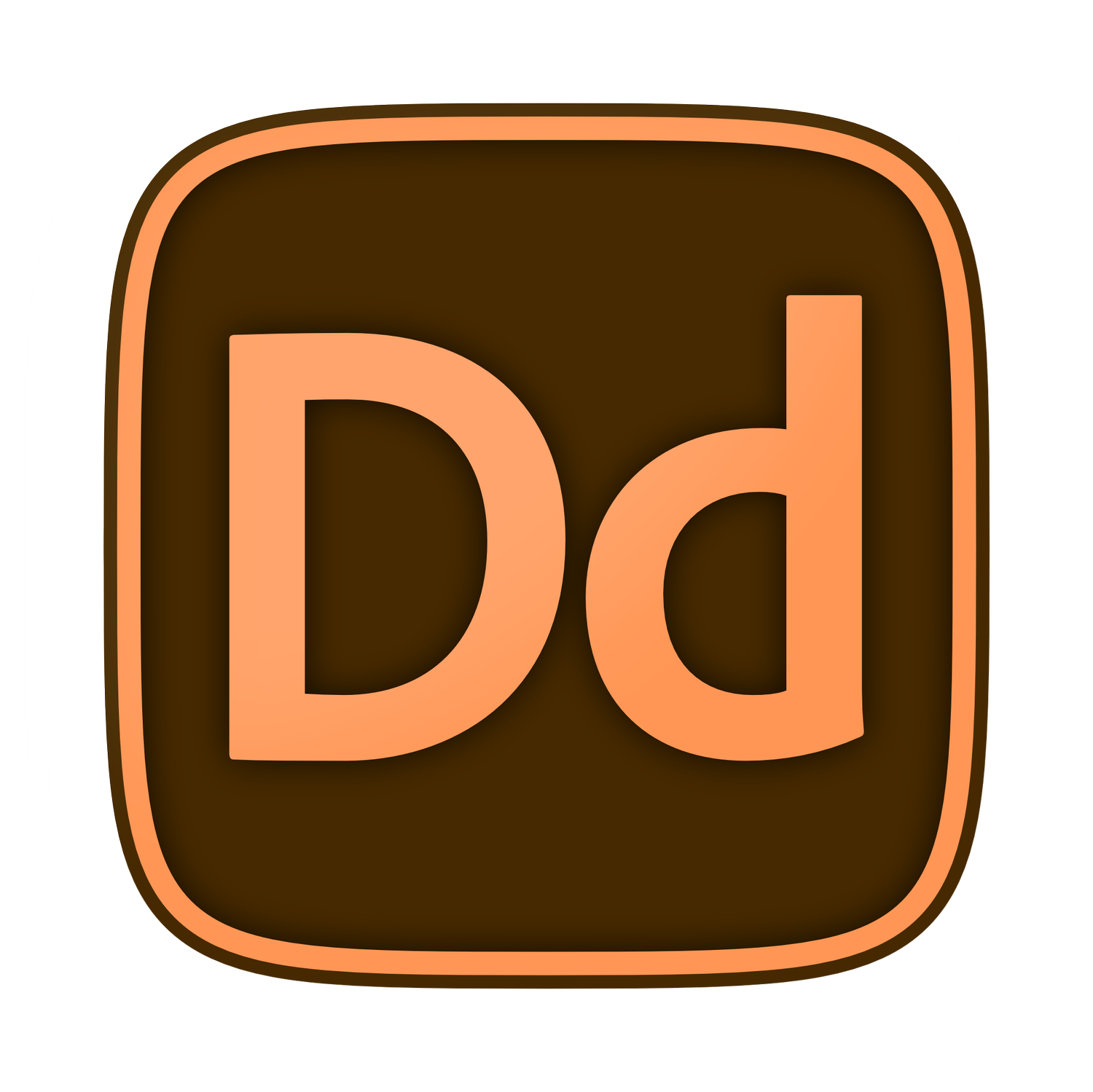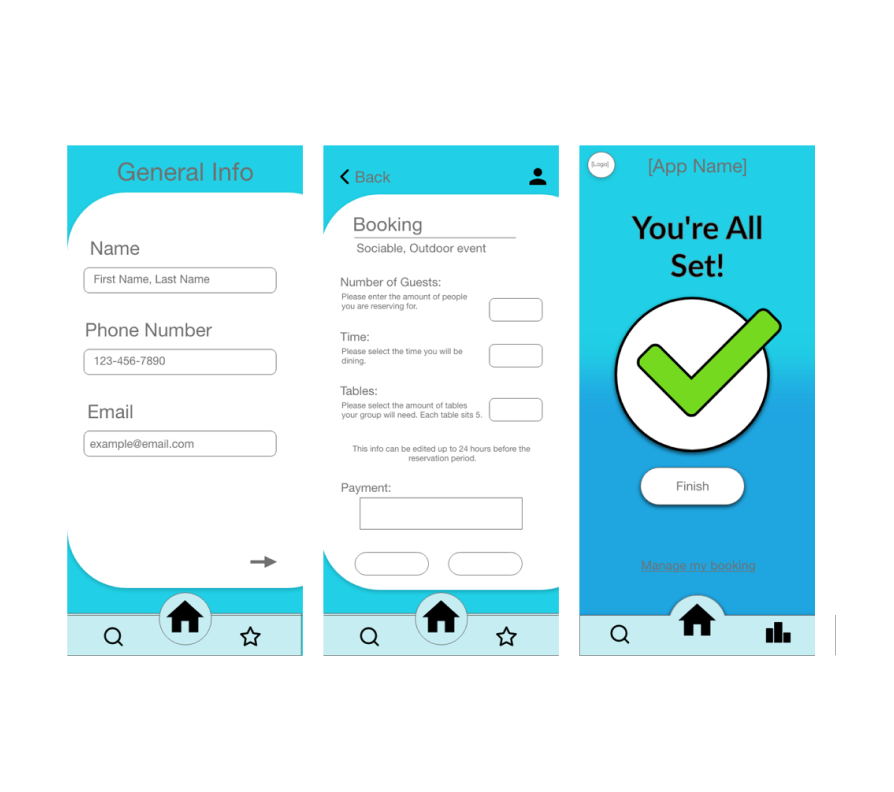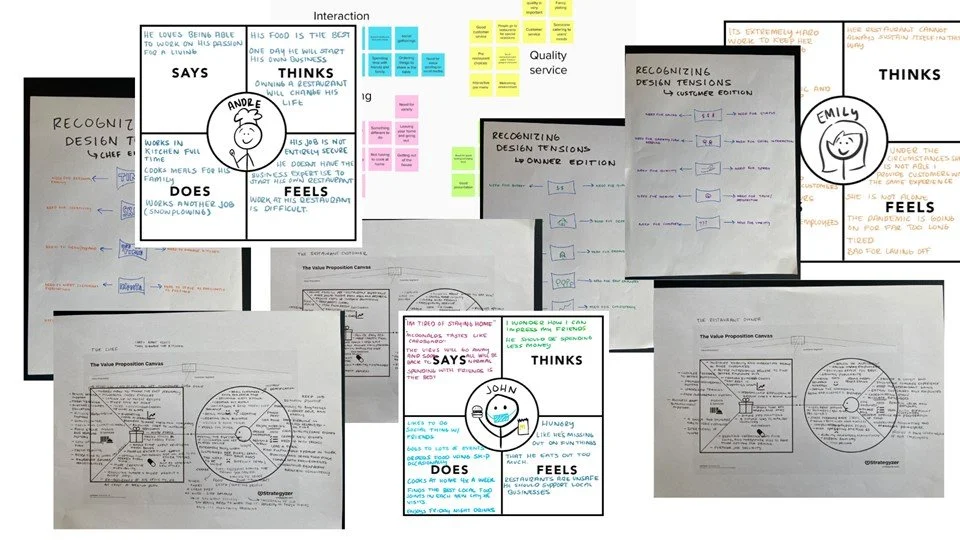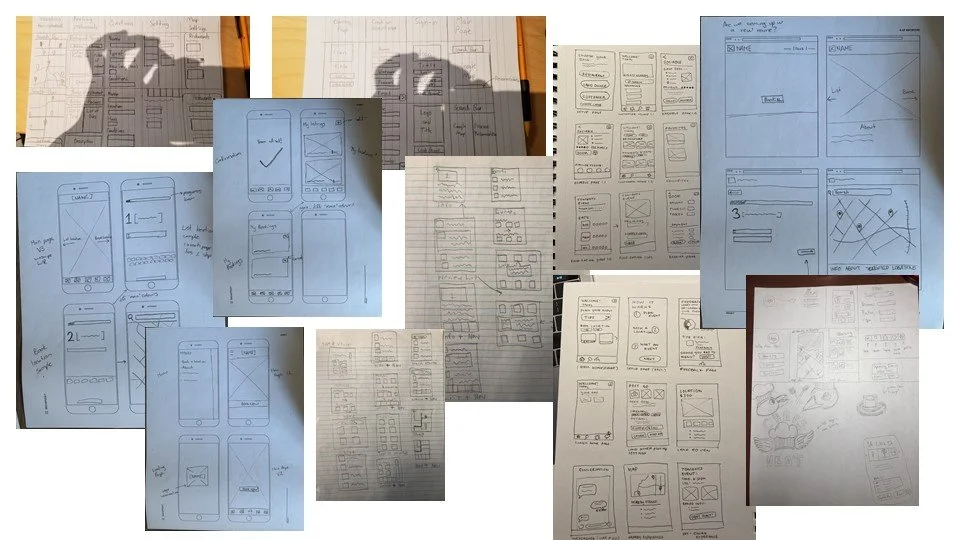Chefs Nest
My group and I were approached by the company Two Igloos in a school project to build off of their idea they called “Shefd”. Shefd was an app or website where users could book a professional chef to come and cook food for them. This would give an all-new dining experience as well as new opportunities for the chefs. After being presented with the current issues with their design we immediately broke out into user research and brainstorming solutions. By the end of the project, the team and I ultimately came up with an all-new design in a service we called “Chef’s Nest” that we got to present to our client.
Approaching The Problem
Before we were introduced to the project, Two Igloos, the group that approached us with the problem, had done some user testing and was able to provide us with their results for us to analyse. When going through the results our team found some major roadblocks including the cost, supplies for the chef, and what were at the time various COVID-19-related barriers.
We knew the problem they started with, their original solution, and the pain points they found. With our background knowledge up to date, we were able to start brainstorming our approach and begin our own user research.
We needed to take Two Igloos’ goal of helping restaurants and find a new solution.
How might we create a unique and accessible dining experience that benefits both the customer and the restaurant long term?
With this new research, we ultimately found 5 main findings. Many of which we hadn’t even thought of before we conducted our research.
The product needs to give something different and unique. (people want to get out of the house, dress up, and try new things)
There needs to be social interaction (spending time with other people and strengthening relationships)
High-quality service (They want a clean environment, understandable menus, etc.)
People want to be recognized and praised by others (i.e Instagram posts of the food or event)
Most importantly, great-tasting food!
Research
Now that we had a good background of the problem, we immediately began to focus on our main user groups, restaurants/chefs, and the everyday people who would use the app. Our team diverged to conduct 1-on-1 and group interviews as well as an environmental scan to continue to learn more about the restaurant business.
With this knowledge, we created informed personas, value proposition canvases, design tension diagrams, affinity maps, impact/feasibility graphs, and used virtual sticky notes within Miro to brainstorm and cluster ideas.
During this period our team, along with the rest of the world, was faced with many challenges during the COVID-19 pandemic. So it was extremely important for our team to adapt and pivot our work style to make sure that we didn’t compromise any of our research phase
Designing
Now that our team had a strong background in the problem area and direct information from users, we were able to start creating and brainstorming some solutions. To do this we diverged and converged over a week to each create wireframe ideas. After, we ended up with roughly 20 designs we liked and took our favourite parts from each and built low-fidelity mockups to refine our vision.
Unfortunately, due to the scope and length of the project, and focus on research, our team was unable to run the level of extensive user testing we had hoped for. Instead, to make sure we still received feedback from users and weren’t making assumptions we tested our low-fidelity mockups with our family and friends. This made sure we still received feedback and could also work on improving our user testing abilities.
Conclusion
Ultimately, with our user research and final design solution we created a presentation and slide deck to present to our client Two Igloos, our professor, and a panel of judges. The Chefs Nest design and presentation proved to be a success netting our team 2nd place in the running for the grant generously donated by Scotiabank. This rewarded us with $250 per member towards our schooling and future design challenges, as well as interest from the professor and judges to continue pursuing our idea.
This project helped me learn how to work with a client for the first time including collaboration and input from people outside of UX. It allowed me to work through the full design process in an extremely professional manner for one of the first times in my career. I got to exhibit my user research abilities and work on my skills In creating wireframes, and low-fidelity mockups.
What I Learned
Outside of acting as another opportunity to improve my overall UX skills such as user research, building artefacts, or wireframe construction, this project is what helped me learn how to collaborate and work in a digital world. The Chefs Nest venture was the first project I worked on during the pandemic lockdown. I was introduced to online platforms like Miro, Adobe XD, Figma, and Microsoft Teams for the first time.
Prior to Chefs Nest, all of my experience in UX was with physical in-person collaboration, so I was forced to add a new set of skills to my designer toolbox. I learned new skills in online communication and how to set schedules outside of in-person meetings. Although it proved to be quite the learning curve, Chefs Nest showed me how to work in our newly remote working style.






